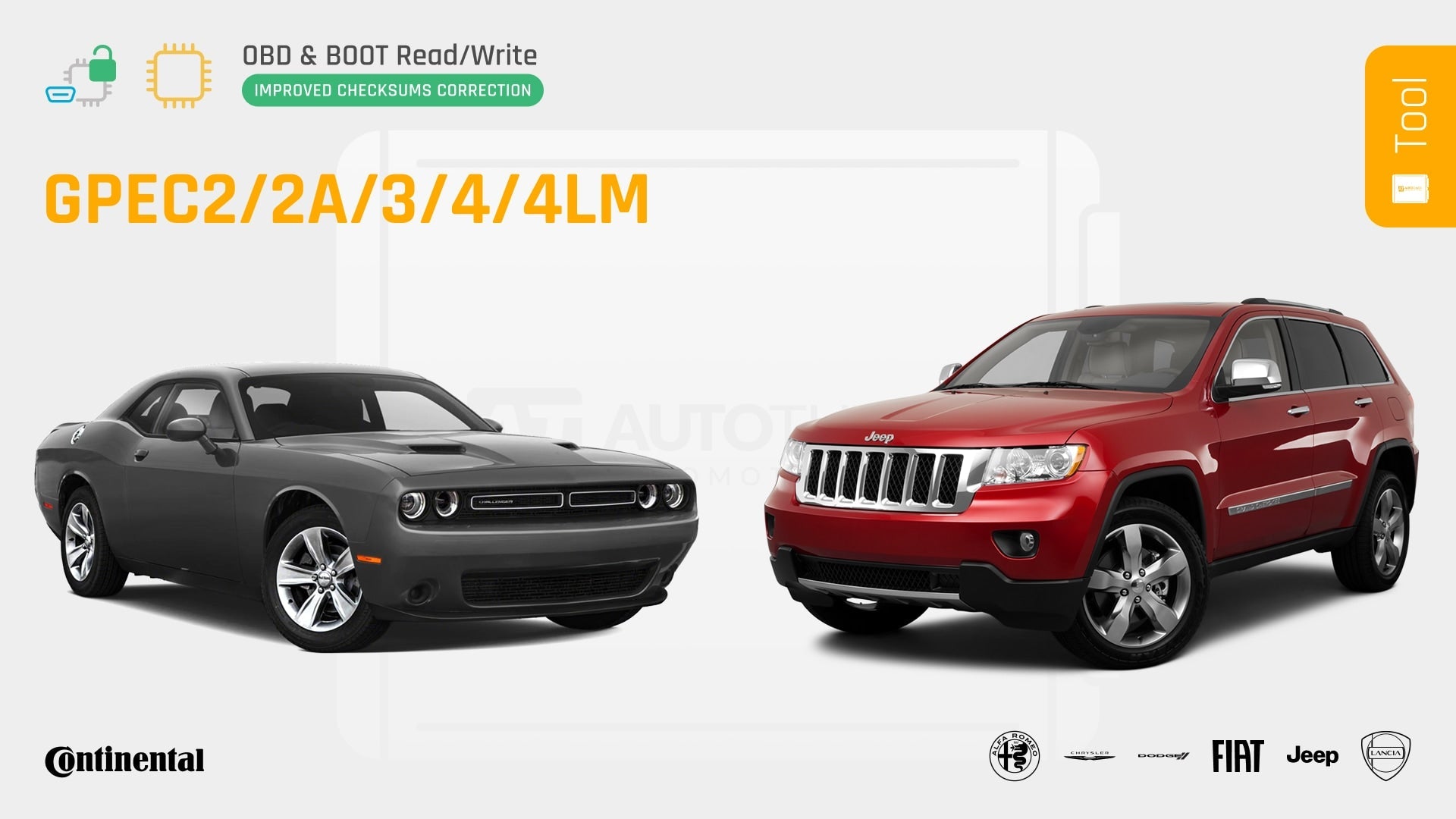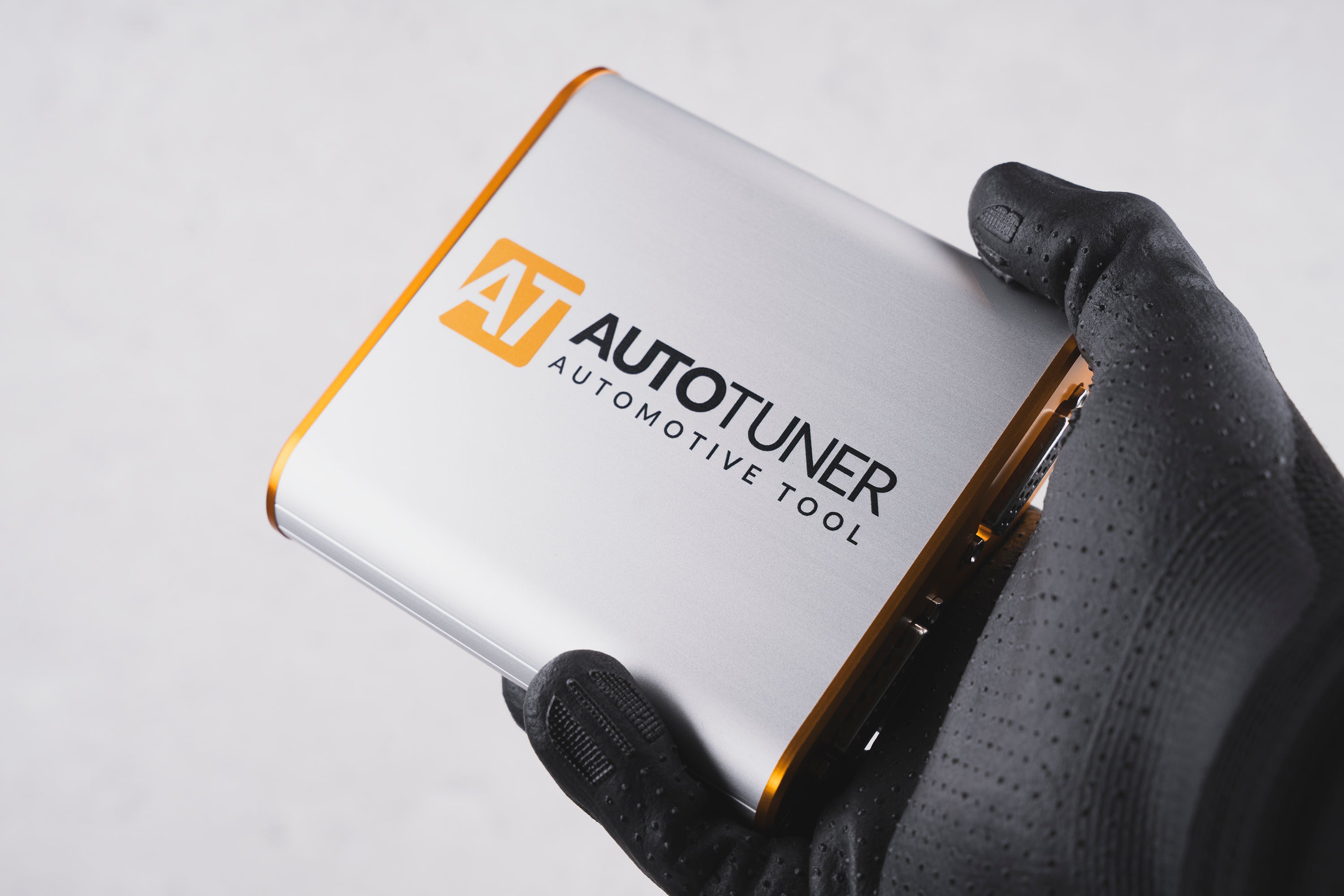Modern vehicle ECUs (Engine Control Units) are complex, highly specialized computers that control everything from ignition timing to emissions management. At the core of these powerful systems lies a network of memory types that store, process, and manage the essential data needed to make vehicles run optimally. Understanding these different memory types is crucial for any tuner, especially when using tools like AutoTuner that give you direct access to ECU internals.
In this article, we’ll break down the main types of memory found in automotive ECUs: iFlash, eFlash, dFlash, EEPROM and explain how each contributes to the functioning and tunability of the vehicle.
What Is ECU Memory and Why It Matters
ECU memory is where the logic, calibration, and data identity of a vehicle are stored. It contains the programs that determine how your engine behaves and the data that tells the ECU how to respond to inputs from sensors and actuators. When you read or write data you are accessing and modifying specific sections of this memory.
AutoTuner makes ECU manipulation more accessible by abstracting the technical complexity, but for advanced users, understanding what's under the hood, can greatly enhance the precision and safety of tuning operations.
The Core Memory Types in an ECU
iFlash (Internal Flash)
iFlash is a non-volatile memory embedded directly into the ECU's microprocessor. It retains data even when the engine is off, making it ideal for storing critical software like the ECU bootloaders, application software (ASW), and calibration data.
iFlash is logically structured into multiple zones:
-
SBOOT (Supplier Bootloader): This initializes the ECU, runs diagnostic routines, and ensures secure execution before transferring control.
-
CBOOT (Customer Bootloader): Often customized by OEMs like BMW or VW, this module updates itself, the ASW, and calibration data during software updates.
-
ASW (Application Software): The main engine control program that interacts with sensors and actuators, governing how the engine performs under various conditions.
-
Calibration: This is the editable section containing “maps” for fuel injection, boost pressure, torque limiters, etc. It’s the heart of chiptuning, and the main focus of tuning modifications.
iFlash may also include One-Time Programmable (OTP) zones, sections that can never be changed once written, used to store critical factory parameters.
eFlash (External Flash)
When the internal flash doesn’t offer enough space, ECU designers include eFlash, external flash memory chips soldered onto the PCB. It serves the same role as iFlash and typically contains a continuation of the application software or calibration data.
While structurally similar to iFlash, eFlash is physically separate and may be organized differently depending on the processor architecture. Tools like AutoTuner can seamlessly manage this memory during ECU reads and writes, especially in boot or bench modes.
EEPROM
EEPROM (Electrically Erasable Programmable Read-Only Memory) is slower and smaller than flash, but offers unmatched precision. It can be modified one byte at a time and is ideal for storing DTCs (Diagnostic trouble codes) and security data. Since EEPROM is non-volatile memory, it does not reset with an ignition cycle, i.e. when you turn off and on the vehicle.
Commonly used by ECU manufacturers like Continental (e.g., in PCR2.1 ECUs), EEPROMs store:
-
Security access codes
-
Component protection data
-
Persistent or “hard” DTCs
dFlash (Data Flash)
dFlash is another form of non-volatile memory typically used to emulate an EEPROM. It stores sensitive, frequently accessed data such as:
-
Vehicle Identification Number (VIN)
-
Immobilizer codes
-
Key programming data
Because true EEPROMs allow byte-level modifications without pre-erasure, dFlash simulates this behavior in systems that don’t include an actual EEPROM. It provides flexible storage for configuration data that changes more frequently than the core application logic.
It's essential for tuners to tread carefully with dFlash. Modifying it incorrectly can brick the ECU or cause the car to lose key identification data.
How AutoTuner Handles ECU Memory
When using AutoTuner, reading an ECU yields a file that contains calibration data, which is extracted from iFlash. With more advanced protocols like boot mode or bench mode, a full backup is created, including iFlash, eFlash, dFlash, and EEPROM when applicable. This backup reflects the real memory structure of the ECU and serves as a failsafe in case something goes wrong during tuning.
However, AutoTuner emphasizes safe modification practices. The tool is designed to let you alter only the calibration zones unless you deliberately engage in full memory manipulation. This minimizes risk and ensures that critical bootloaders or immobilizer data remain untouched unless absolutely necessary.
Why Memory Knowledge Matters in Tuning
If you're only modifying calibration data, a basic understanding of memory structure may suffice. But if you're dealing with immobilizer bypass, component replacement, or ECU cloning, then understanding the memory map becomes crucial.
For example:
-
Accidentally modifying the CBOOT can prevent ECU boot.
-
Incorrect EEPROM edits can disable key recognition.
-
Misidentifying map zones file modification software (like WinOLS) could lead to incorrect tuning values and performance issues.
With the backing of a robust tool like AutoTuner and a deep understanding of ECU memory, tuners can go beyond guesswork to deliver safe, reliable, and performance-enhancing modifications.





